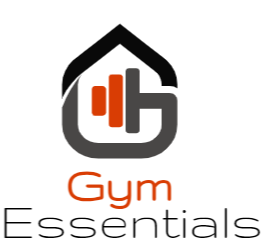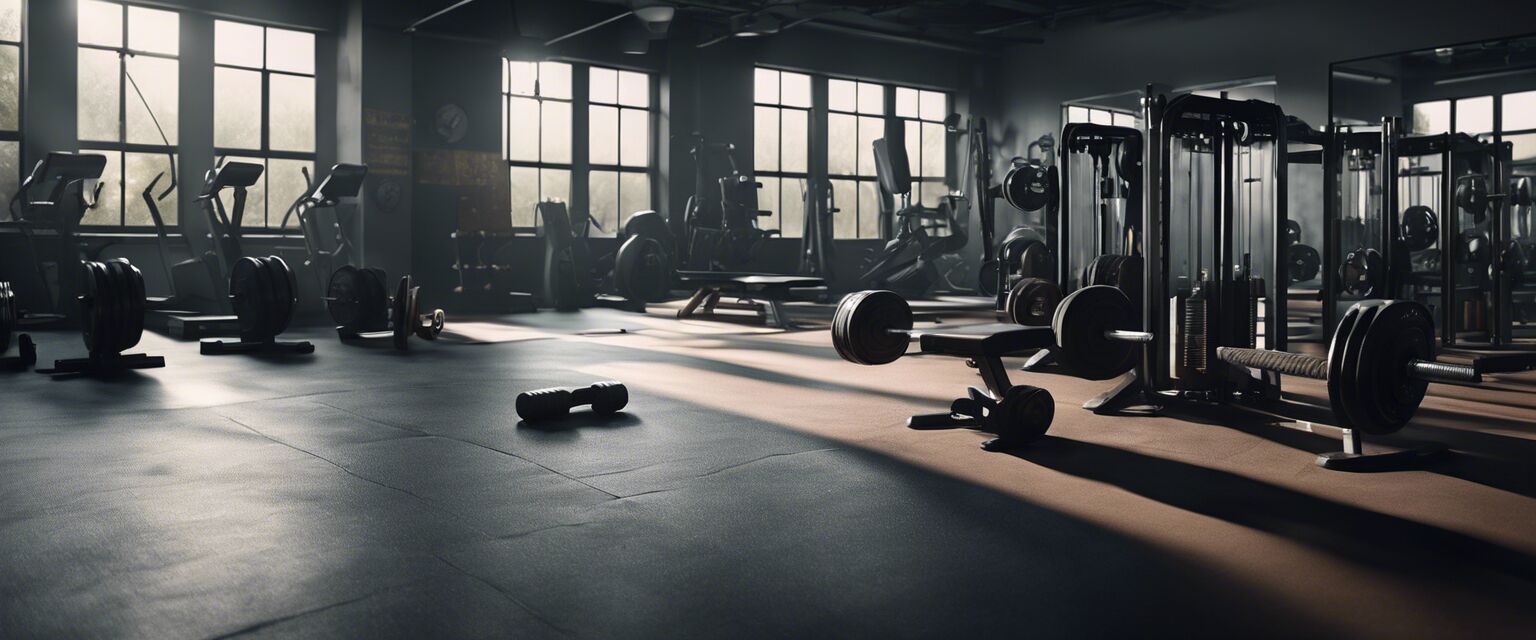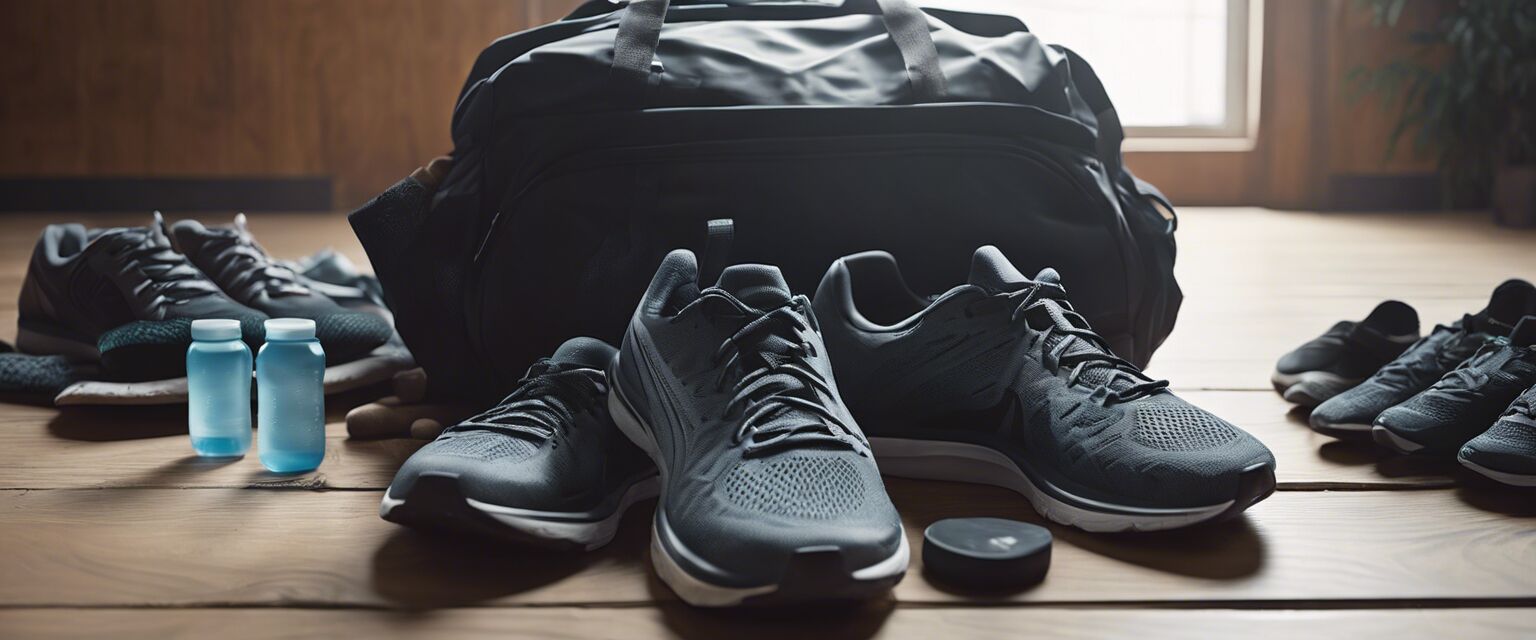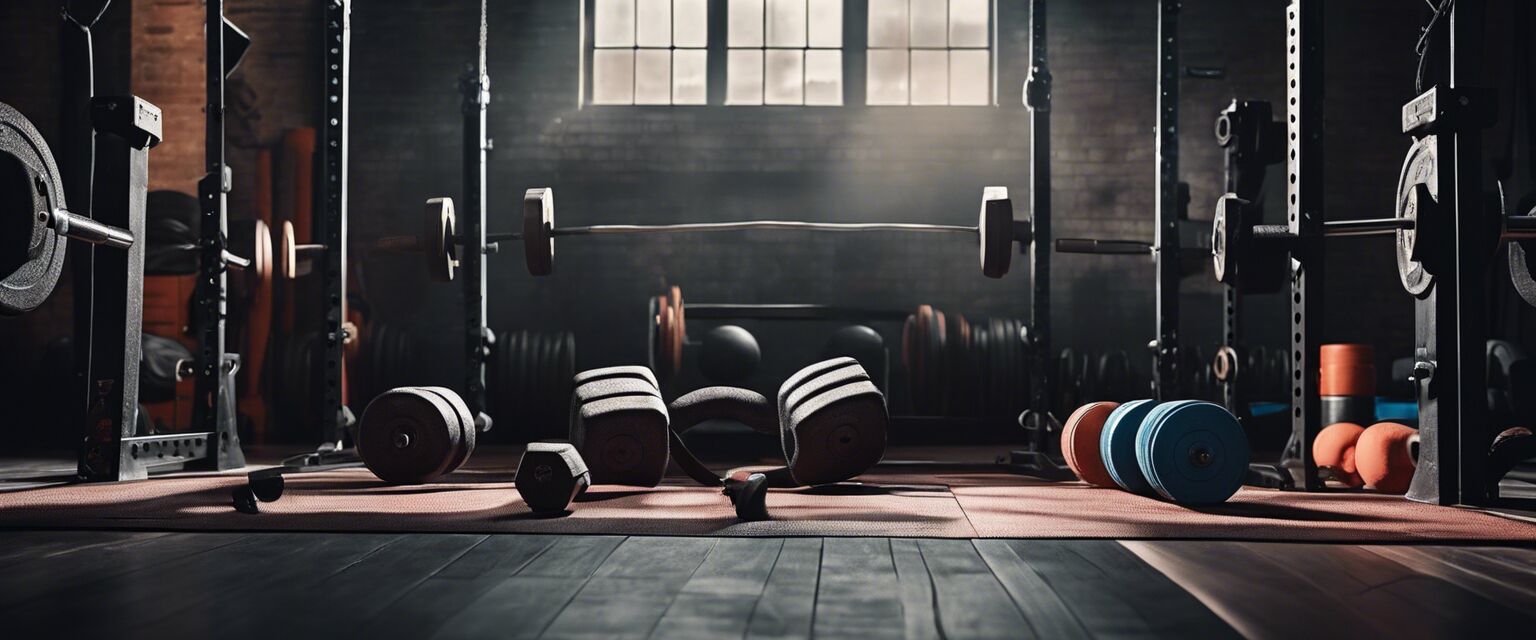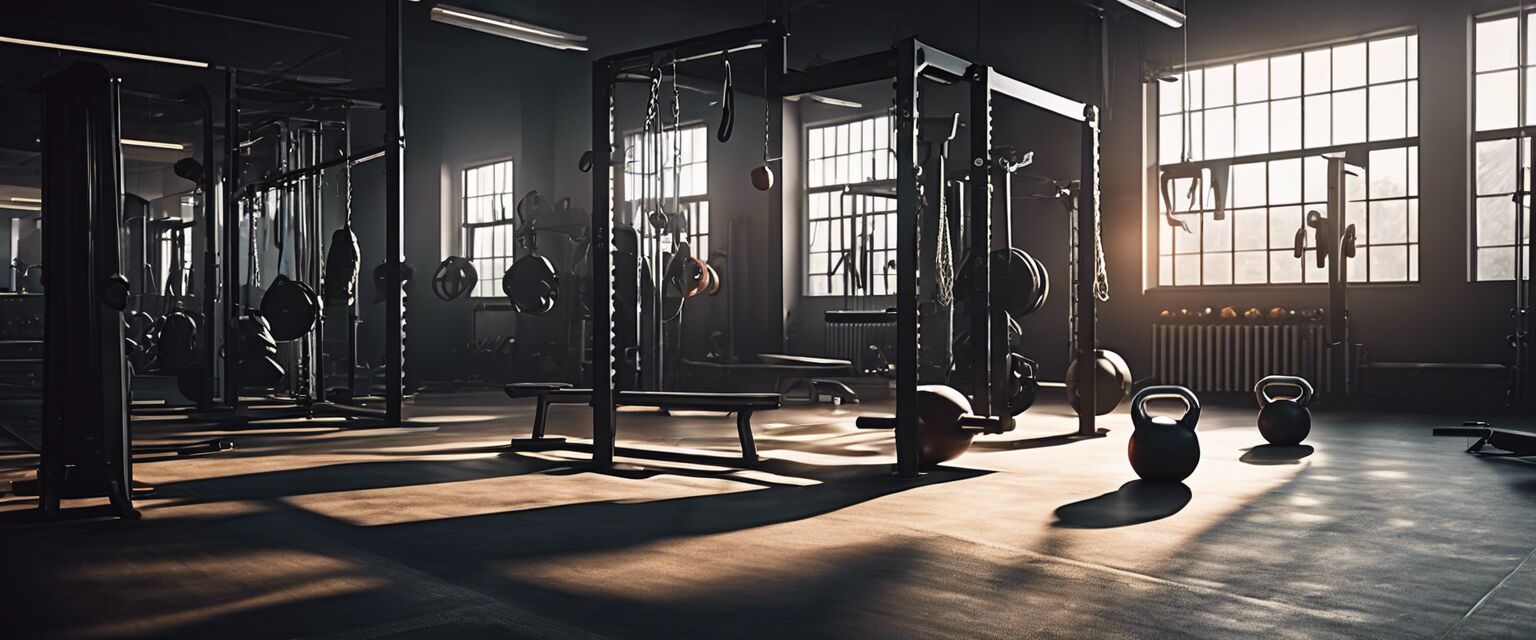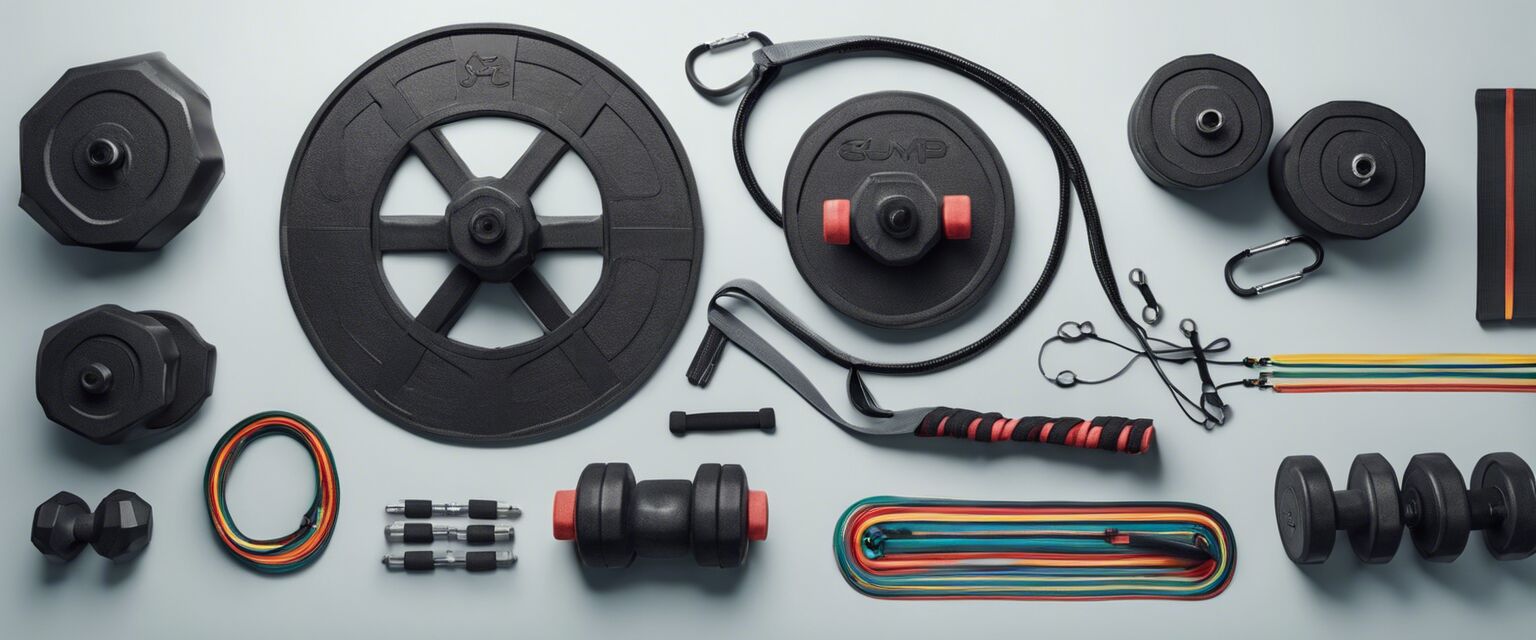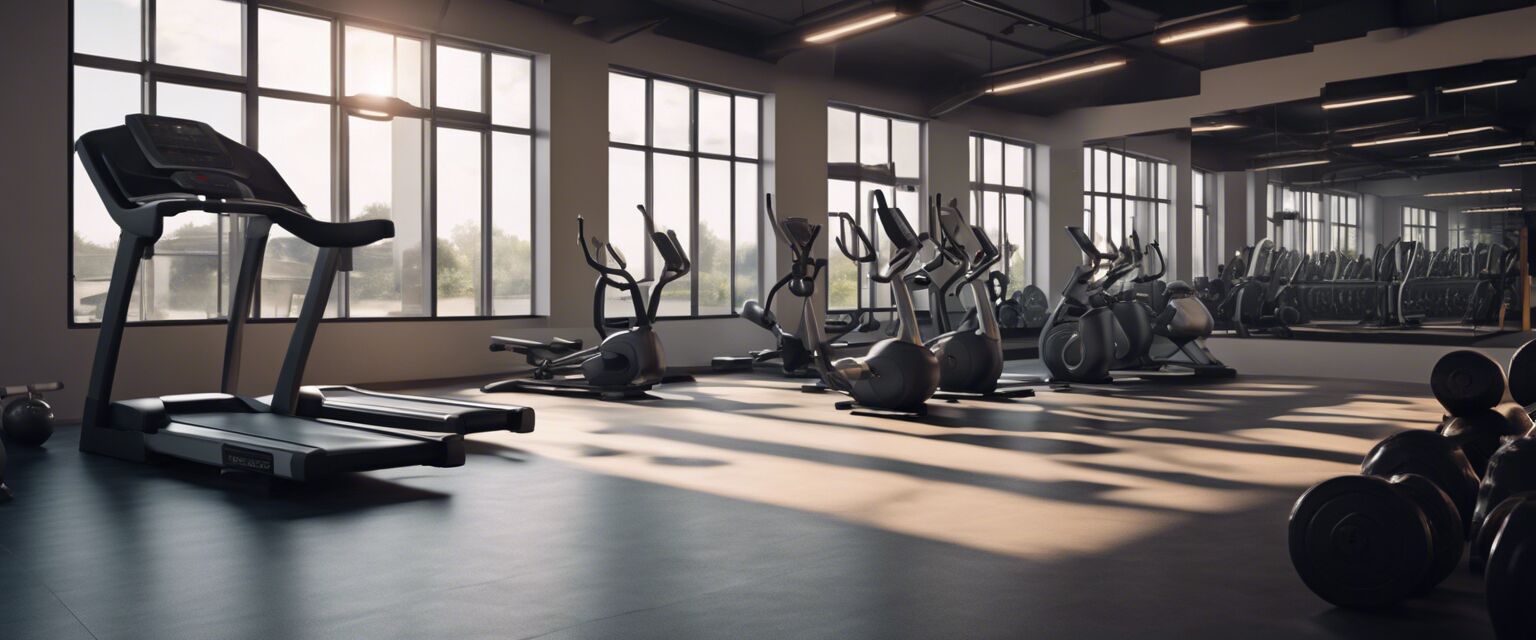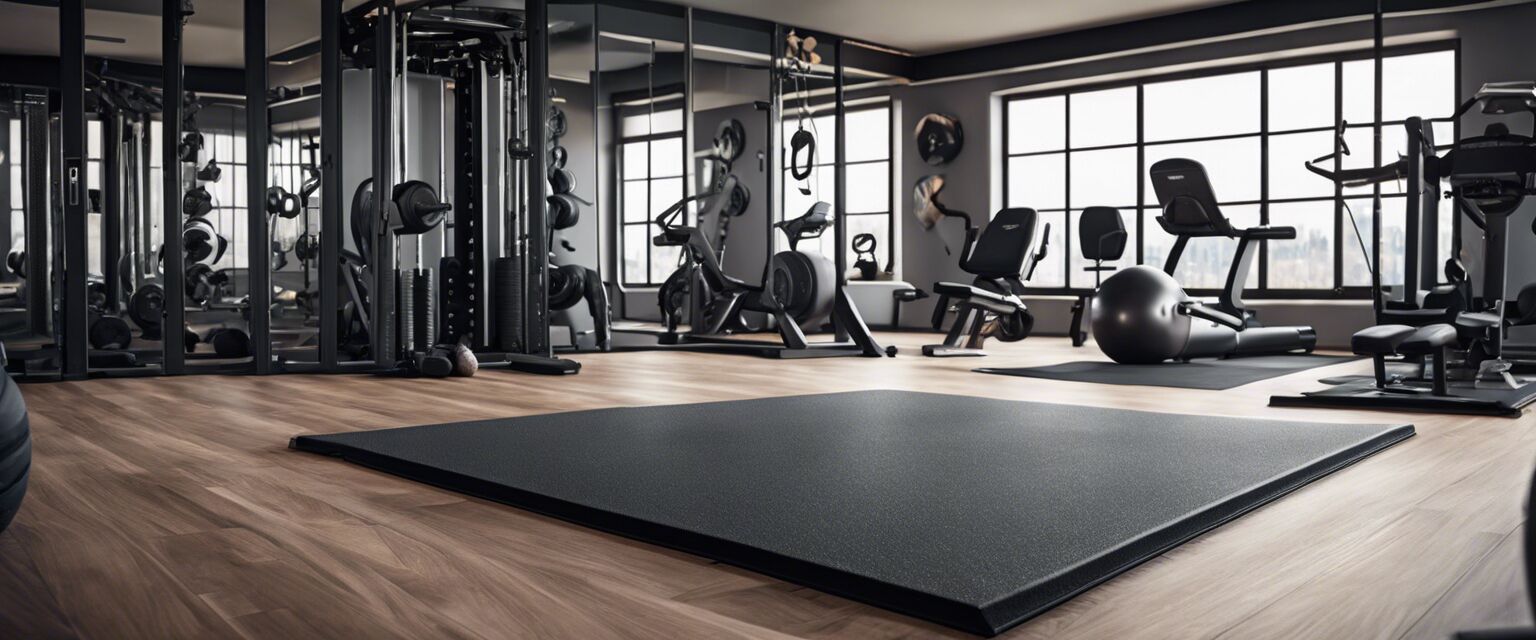
Recovery & Wellness Tools
Key Takeaways
- Investing in recovery tools can significantly enhance your post-workout routine.
- Different tools serve various purposes, such as reducing muscle soreness and improving flexibility.
- A combination of tools can be effective for a well-rounded recovery strategy.
- Regular use of recovery equipment can contribute to overall wellness and athletic performance.
After an intense workout, your body deserves the best care possible to promote recovery and wellness. Using the right tools can make a significant difference in how efficiently your muscles recover. This article delves into various recovery and wellness tools that can enhance your post-workout routine, ensuring youâre ready for your next session.
Benefits of Recovery Tools
Utilizing recovery and wellness tools can offer multiple benefits, especially for those who engage regularly in physical activities. Below are some key advantages:
- Reduces muscle soreness: Tool-assisted recovery can alleviate discomfort after strenuous exercise.
- Improves flexibility: Stretching tools help in maintaining and increasing range of motion.
- Enhances blood circulation: Tools like massage rollers can stimulate blood flow to muscles.
- Supports injury prevention: Regular recovery practices can help avoid strains and sprains.
Popular Recovery Tools
There are numerous tools designed specifically for recovery. Hereâs a look at some of the most popular options available:
| Recovery Tool | Description | Purpose |
|---|---|---|
| Foam Roller | A cylindrical foam device used for self-myofascial release. | Reduces muscle tightness and soreness. |
| Massage Ball | A small, dense ball used for pinpoint muscle treatment. | Relieves knots and tension in specific muscles. |
| Stretching Strap | A strap designed to assist with stretching exercises. | Enhances stretch depth and routine. |
| Therabands | Elastic bands that provide resistance for recovery exercises. | Strengthens muscles while enhancing flexibility. |
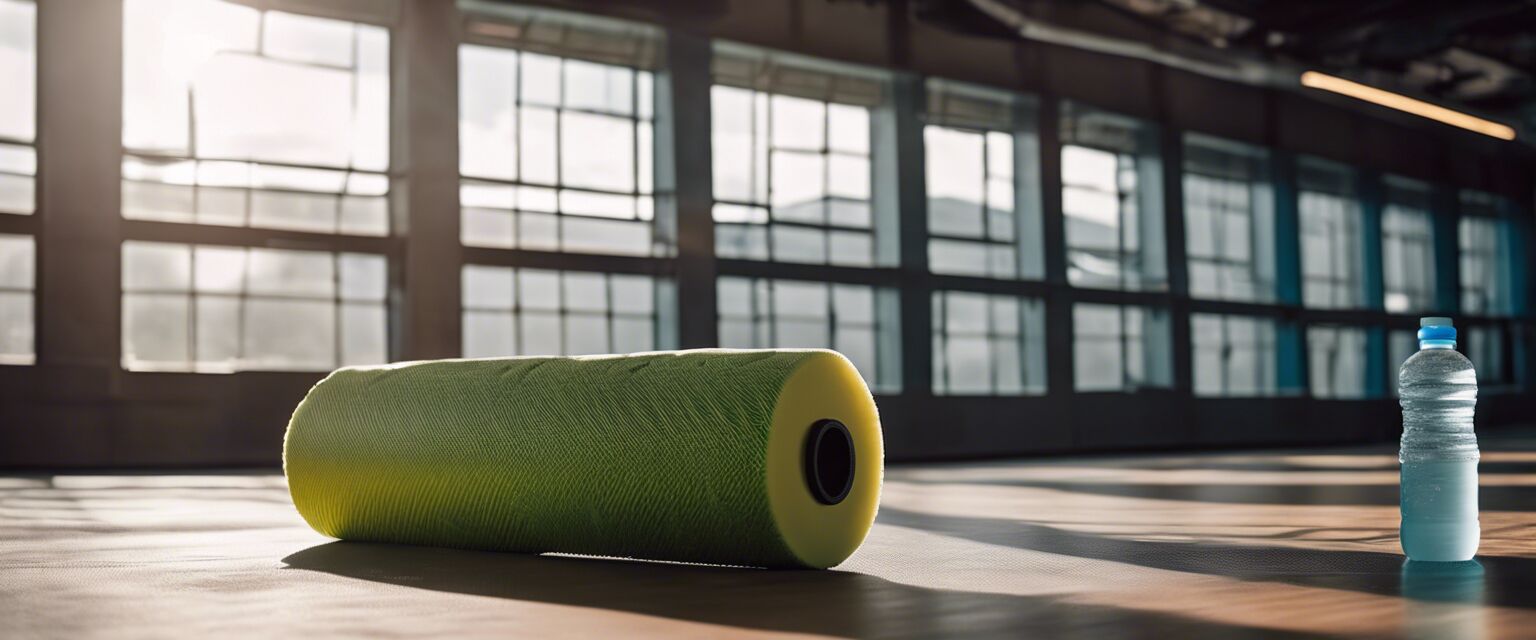
Combining Tools for Best Results
For optimal recovery and wellness, many fitness enthusiasts find success by combining multiple tools into their routine. For example:
- Start with foam rolling for self-massage followed by stretching using a strap.
- Incorporate massage balls for targeted tension relief after workouts.
- Use elastic bands for dynamic stretches to enhance muscle readiness.
How to Use Recovery Tools Effectively
To maximize the benefits of your recovery tools, consider the following tips:
Tips for Beginners
- Always listen to your body. If something feels painful, ease off.
- Establish a routine. Set aside regular time for recovery after your workouts.
- Incorporate breathing exercises into your routine while using these tools.
- Proceed slowly when trying new tools and techniques.
Additional Resources
For those interested in diving deeper into the world of recovery and wellness tools, consider exploring these sections:
- Functional training equipment for versatile exercises.
- Home gym setups for optimizing workout space.
- Yoga and stretching gear for enhancing flexibility and relaxation.
- Strength training accessories for building muscle.
- Cardio machines to boost heart health.
Pros and Cons of Recovery Tools
Pros
- Enhances post-workout recovery.
- Varied options available for all fitness levels.
- Can be used at home or in the gym.
- Portable; easy to take anywhere.
Cons
- Some tools may have a steep learning curve.
- Not all tools may be necessary for everyone.
- Improper usage can lead to injury.

Conclusion
Arming yourself with the right recovery and wellness tools is an excellent step toward proper post-workout care. Invest time in understanding how to use these tools effectively and consider combining several to create a personalized recovery routine. Whether youâre a beginner or a seasoned athlete, incorporating these tools into your fitness regimen can lead to better recovery and overall wellness.
